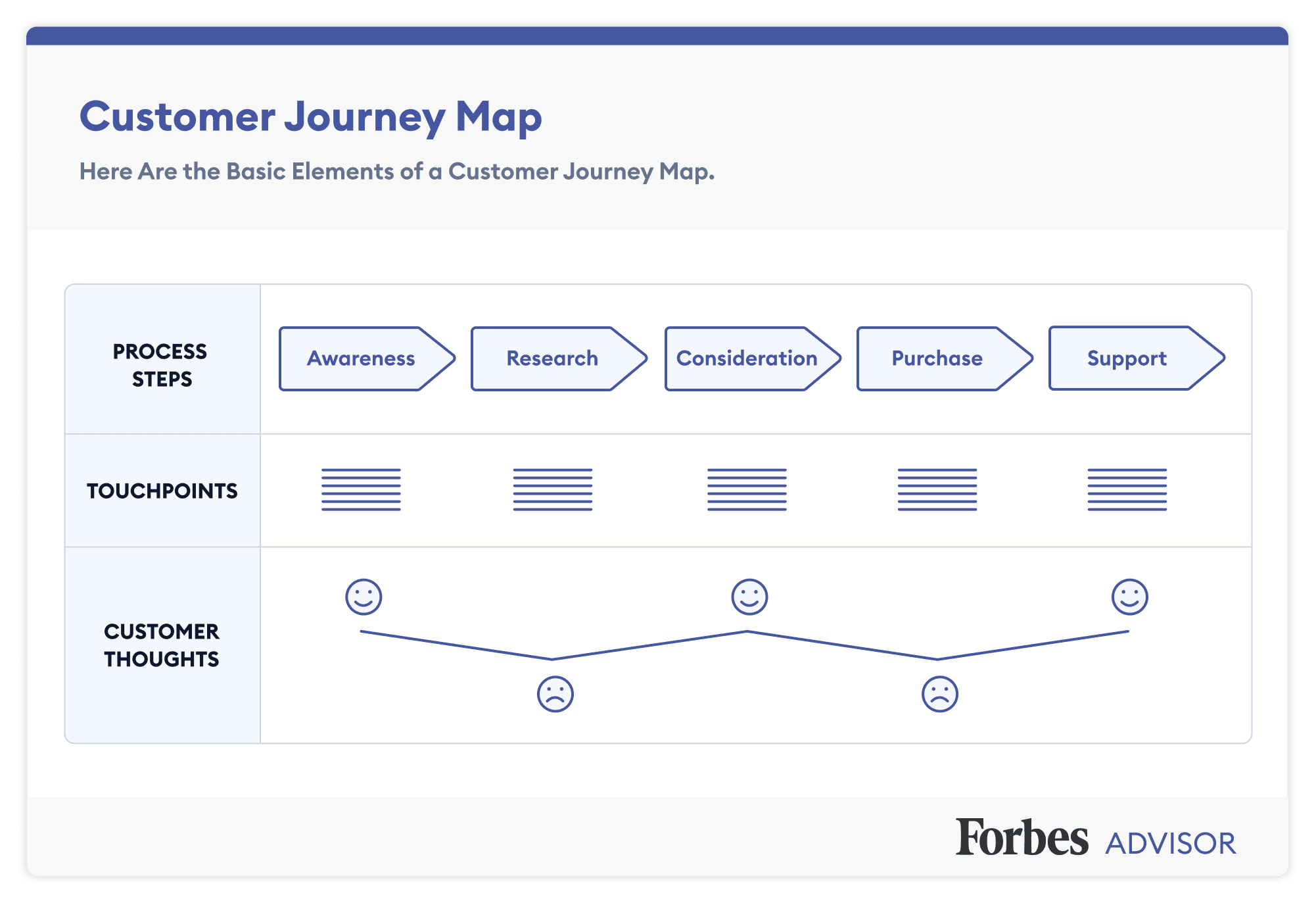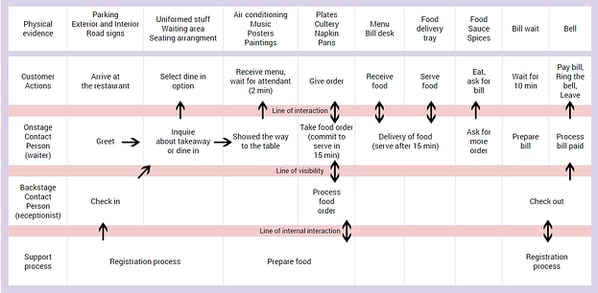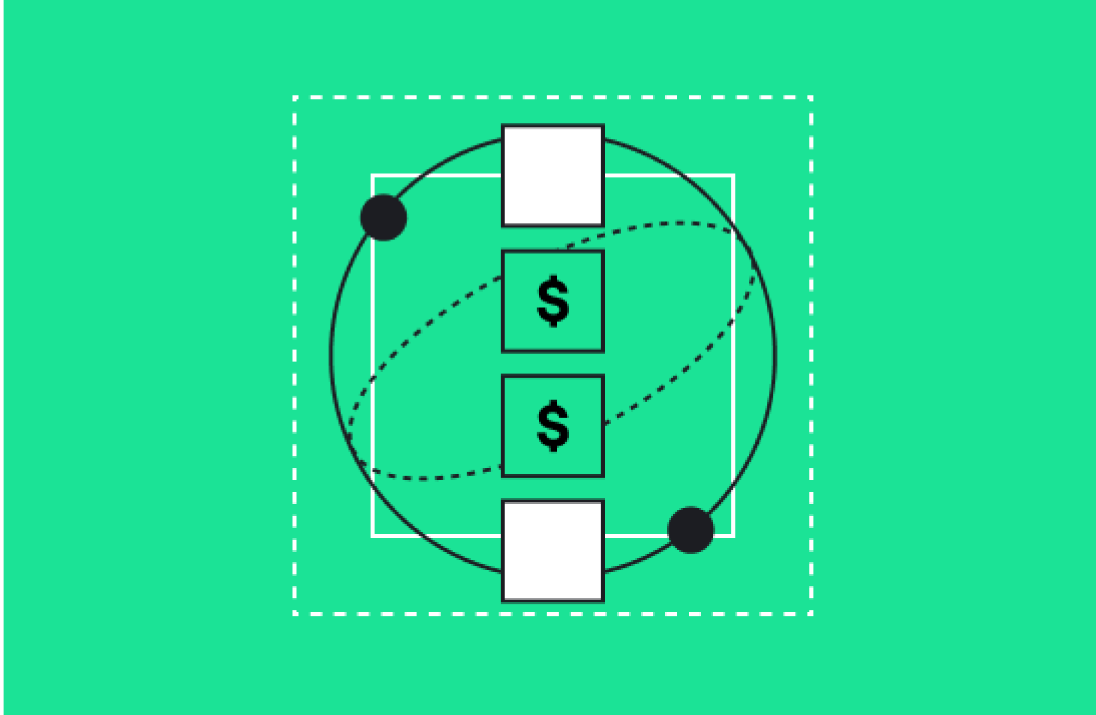Every day, businesses of all sizes are looking for new ways to engage customers and improve their customer experience. One powerful process they can use is customer journey mapping.
Customer journey mapping is the process of understanding your customers’ needs and experiences as they interact with your brand throughout the sales cycle. Here, we’ll explore what the customer journey is, how customer journey mapping works, and how customer journey mapping applies to both B2B and B2C contexts.
What is the Customer Journey?
The customer journey is the path a customer takes when engaging with a business. It typically starts with the customer’s discovery of the business, followed by consideration, purchase, and the use of the company’s product or service. Ultimately, the customer journey leads to after-sales support or additional purchases.
One of the key benefits of customer journey mapping is the opportunity to provide more personalization and make deeper connections with customers. By understanding what motivates customers at each stage of the journey, businesses can develop strategies that target their needs and create meaningful experiences that keep them coming back for more.
Knowing how customers engage with a business throughout their journey also provides valuable insights into which channels and tactics perform best, enabling businesses to optimize their messaging for maximum impact. Finally, understanding the customer journey is essential for creating personalized experiences that keep customers coming back for more.
What is a Customer Journey Map?
A customer journey map is a visual representation of the customer experience that documents the various touchpoints a customer has with a business. It also details the customer’s associated feelings, needs, and behaviors throughout the process.
A customer journey map typically includes information about the customer's goals and objectives, as well as the actions they take to reach those goals. Here’s an example of what a typical customer journey map looks like from Forbes:

(Source: Forbes)
By analyzing customer data, sentiment, and conversion, and by mapping out each step in the journey, businesses can gain insights into how customers interact with their products or services and make necessary changes to optimize the customer experience.
Most customer journeys involve the following phases:
- Awareness: The customer realizes they have a problem to solve.
- Research: The customer researches solutions to their problem.
- Consideration: The customer decides they will make a purchase to solve their problem.
- Purchase: The customer chooses a solution and makes a purchase.
- Support: The customer uses the product or service and engages with the company to receive support or make another purchase.
Below, we’ll explore the steps you need to take to map a customer journey as well as some customer journey map examples.
The Steps to Mapping a Customer Journey
Most companies can create a simple customer journey map using a template, but customer journey maps can be as elaborate as they need to be for your company to fully understand its customers. You can update your customer journey map as you gather additional data about your customers and what drives them to either buy or not.
You can also create customer journey maps for different types of customers or customer personas. This will enable you to tailor experiences so they are more suitable to each type of customer, and it will make it easier to use personalization in your marketing strategy.
Here are some basic steps for mapping a customer journey:
- Create buyer personas: Identify the different types of customers who make purchases with your business. Outline their personalities, lifestyles, needs, and wants. These will form the basis of your customer journey map.
- Define each stage of the customer journey: You could use the customer journey stages listed in the example above (Awareness, Research, etc.) or you can create stages that are unique to your customers and your line of business.
- Plot customer journey touchpoints: Customer touchpoints represent each time your customer interacts with your company. Each phase may include multiple touchpoints across various channels, such as email or phone calls.
- Add customer actions and sentiments: You should identify what your customer might be thinking and feeling at each touchpoint, then plot what actions they might take to move the customer journey forward.
- Identify opportunities for improvement: As you map the customer journey and analyze your data, take note of any opportunities where you could improve customer interactions. These opportunities could occur at specific touchpoints where customers are dropping off.
There are differences between B2B customer journey maps and B2C customer journey maps. Because B2C sales cycles tend to be much shorter, the customer journey maps of B2C companies tend to be much less elaborate. That said, some B2C businesses, such as subscription service providers, can have many customer touchpoints.
Here’s a more in-depth look at the differences between B2B and B2C customer journey maps.
B2B Customer Journeys
B2B customer journey maps are typically more complex because a single B2B account can include multiple decision-makers and stakeholders. This requires additional steps and touchpoints in the customer journey.
Additionally, B2B customers typically involve repeat relationships with ongoing communication and feedback loops, while B2C customers may only purchase a product or service once. As a result, the focus of B2B marketing is less on driving immediate conversions and more on building long-term loyalty.
HubSpot has had ample time to develop its B2B customer journey map. As you can see below, theirs is quite complicated, but it also provides a great deal of information to help them successfully market to their customers.

(Source: HubSpot)
HubSpot offers a free customer journey map template that can help you get started.
B2C Customer Journey
B2C customer journey maps tend to be simpler and more linear than their B2B counterparts. The emphasis is usually on driving immediate conversions and sales, not on building long-term loyalty – although this can still be incorporated into the map depending on the product or service in question.
Typically, each step in a B2C customer's journey should be focused on helping them make a purchase decision as quickly and conveniently as possible. Long-term relationships with customers may be important, however, in some instances. For example, subscription service providers will likely have longer customer journey maps, with increased emphasis on retention, than consumer goods manufacturers.
Here’s an example of a B2C subscription customer journey map from music streaming company Spotify, as demonstrated by customer journey analytics company Woompra:

(Source: Woompra)
Spotify outlines the various customer touchpoints that inhabit the customer journey, as well as their customer’s various thoughts and feelings during each stage of the journey. This journey map also specifically details how a customer might share music with another person using the Spotify app, encouraging them to download it themselves.
By contrast, HubSpot provides an example of a standard customer journey map for a sit-in restaurant:

(Source: HubSpot)
This journey map details the entire customer experience at the restaurant, from the moment they arrive to the time they pay their bill. It also assigns roles to the various representatives of the business, including waitstaff, receptionists, and “support” roles, such as those who are preparing the food in the kitchen.
By using these customer journey maps, both company types can ensure their customers have positive experiences and engage in positive actions for the company.
Start Customer Journey Mapping Today
Customer journey maps can take a lot of different forms. Depending on your business, your customer journey map could be as extensive as HubSpot’s or as simplified as the restaurant’s example above.
To get help with your customer journey map, don’t forget to download HubSpot’s free customer journey template. You can also contact us at Aptitude 8 for additional assistance.






